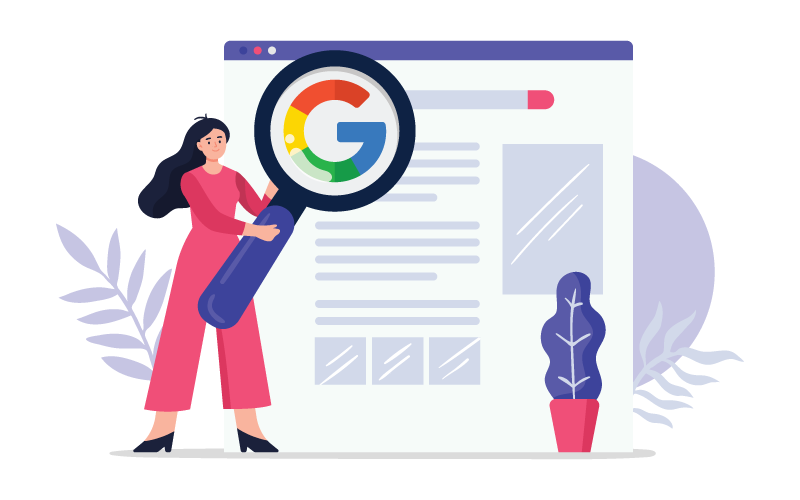
Before you think this is a magical guide on quickly ranking higher on Google, let me clarify a misconception. Improving your Google ranking is a testament to playing the long game. There is no magic button to push—no single tactic to execute that will get you to the top of the page. Improving your Google ranking is often a holistic approach that involves making adjustments, monitoring, tweaking, and optimizing over time to find just the right balance that allows you to start moving up the rankings.
Exactly how does Google determine rank? 200+ factors are figured into Google's algorithm. Some we know and others are guesses as Google doesn't reveal every ranking factor they use in their algorithm. And while we don't know all 200+ or their exact impact, we do have an idea which ones are more important. And almost every year, a new ranking factor pops up as Google modifies its algorithm.
Quality content keeps visitors on your site by providing information relevant to them, increasing their time on the page, and lowering the bounce rate. Use keyword research to guide what topics to cover and meet search intent, and don't forget to make your content friendly to voice search. High-quality content appears more often in SERPs (Search Engine Results Pages), increasing the chances for someone to get to your site.
Other ranking technical factors include:
Content is #1, but the above factors impact your site's ability (and content) to be discovered and delivered to your audience.
Out of all the methods to implement a mobile site, Google recommends a responsive design. Google's mobile-first indexing means that Google uses your mobile version of your site for indexing and ranking. Make sure your site is as optimized for mobile as it can be.
Optimized pages lend themselves to a better user experience which is why Page Speed is part of Google's mobile ranking. The slower your site loads, the more users will drop off.
Content is one side of the SEO coin. On-Page optimization is the art of fine-tuning the technical aspects of the "behind the scenes" aspect of SEO.
These components work in tandem to help a website appear more often and higher in search results. If you're new to SEO, check out Moz's Beginner's Guide to SEO for an excellent start.
There are so many tools, both paid and free, that are available to help with all aspects of SEO. The choices are overwhelming. Here are a few free tools that will get you started:
Webmaster Tools (Bing and Google Search Console)
Remember, SEO is most likely a long game, but with some patience, dedication and research, you can make quick strides to move up in ranking.
If you’ve decided after reading this that you’d like some SEO help rather than tackle it yourself, give us a call at 210-320-0230. We’d love to partner up!